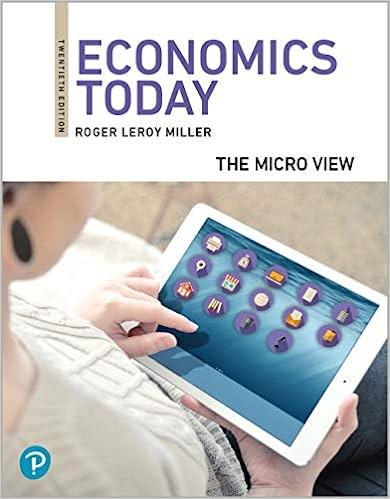Since the early 2000s, the Chinese central bank, the Peoples Bank of China, has adjusted its reserve
Question:
Since the early 2000s, the Chinese central bank, the People’s Bank of China, has adjusted its reserve requirements several times. In late 2003, it raised the reserve ratio for most deposits from 6.5 percent to 7.0 percent. The central bank intended for this change to reduce the money multiplier and slow the growth of the money supply.
In the spring of 2004, the People’s Bank of China felt that it needed to do still more to rein in money supply growth. It began by increasing the discount rate. In addition, it decided to increase required reserve ratios only for banks judged to be engaged in the riskiest lending activities. The central bank used a change in reserve requirements to try to achieve two goals simultaneously: (1) to cut back on the money supply and (2) to induce the riskiest banks to allocate fewer funds to risky loans.
How does raising the required reserve ratio decrease the banking system’s overall loan expansion as well as its total deposit expansion?
Step by Step Answer:






